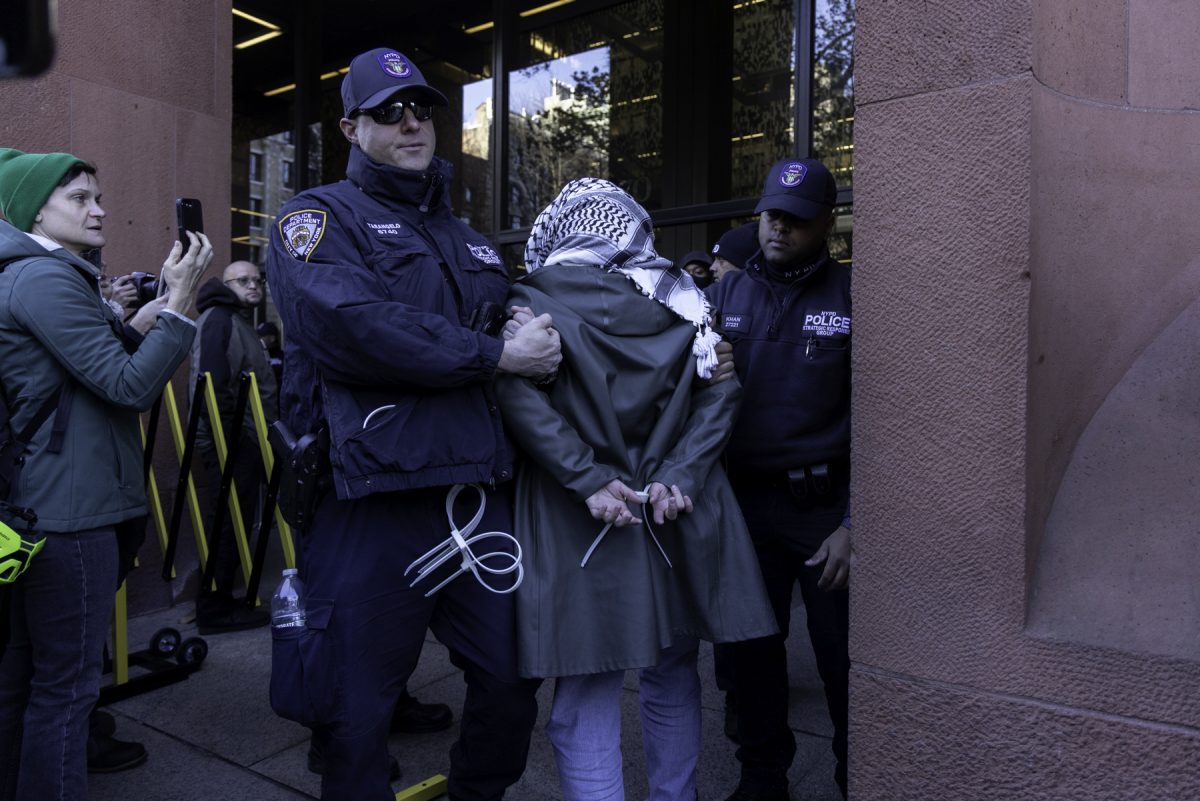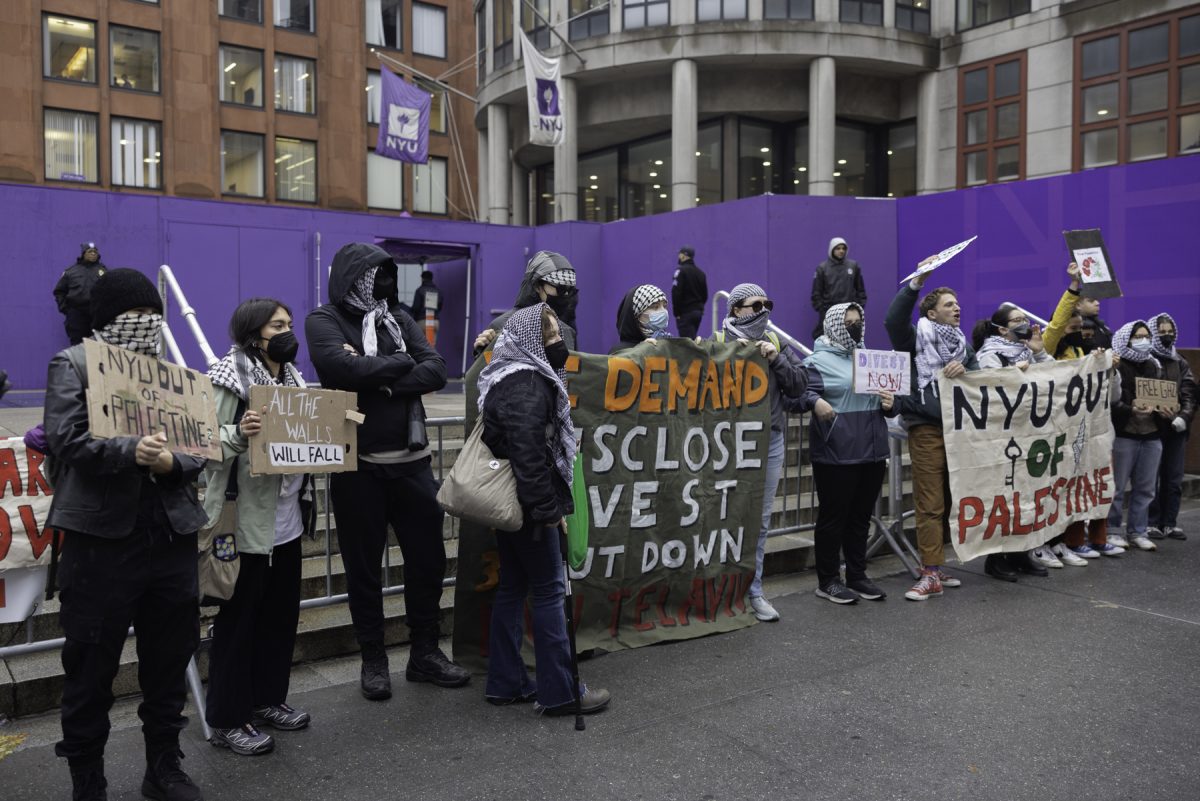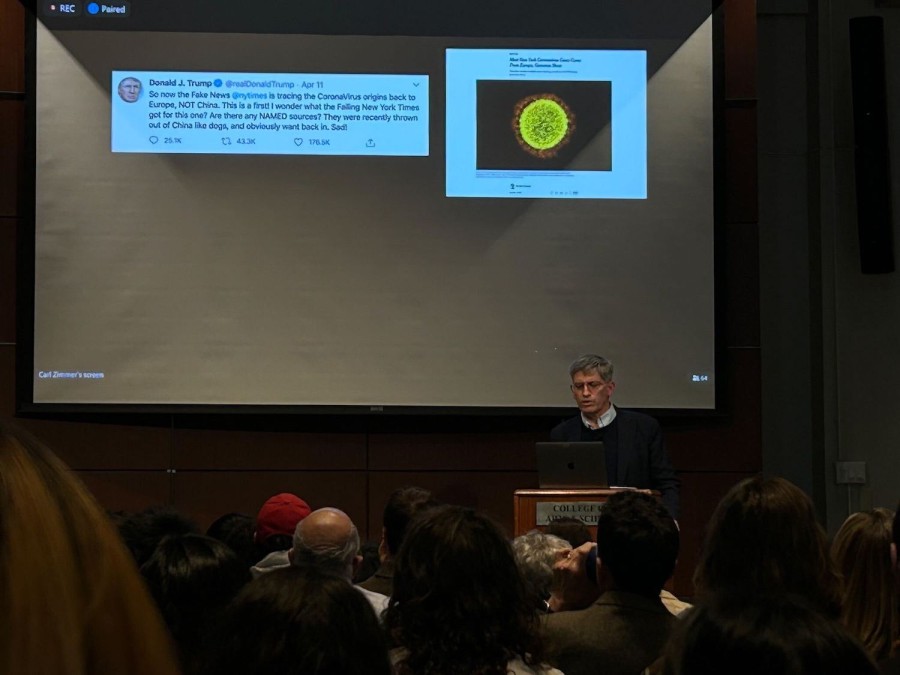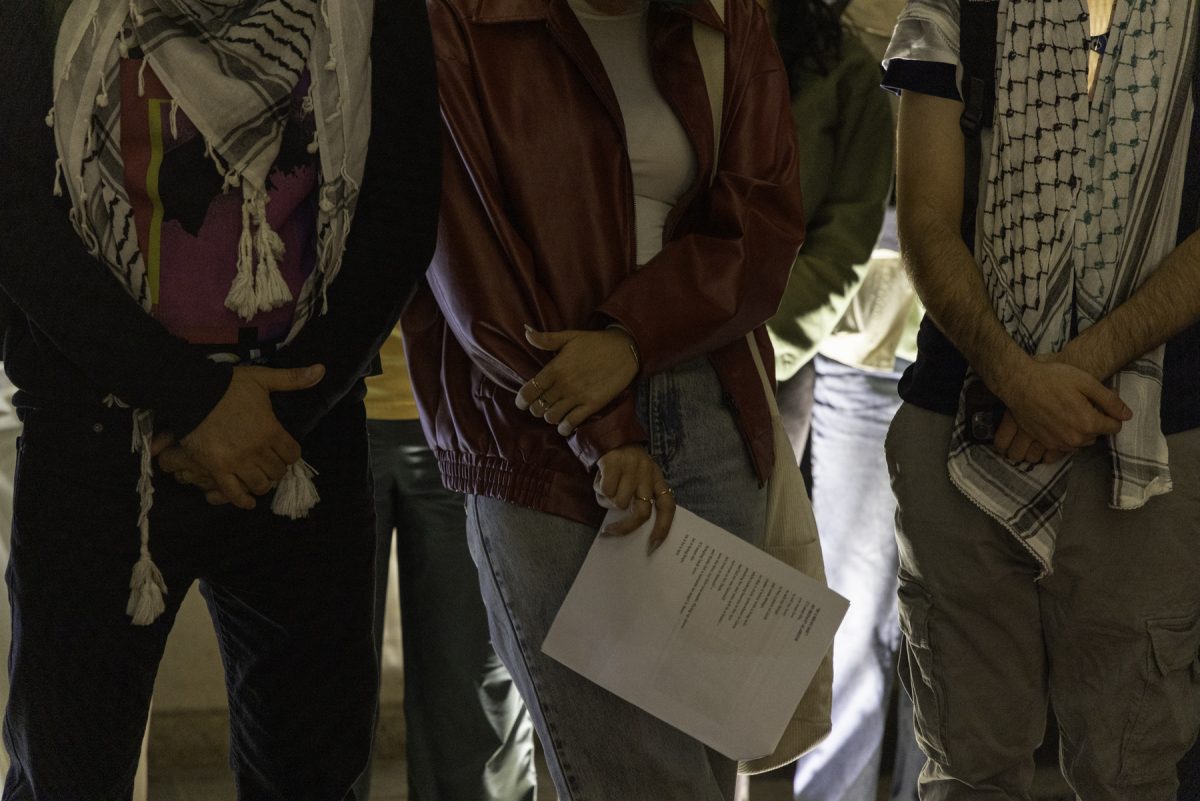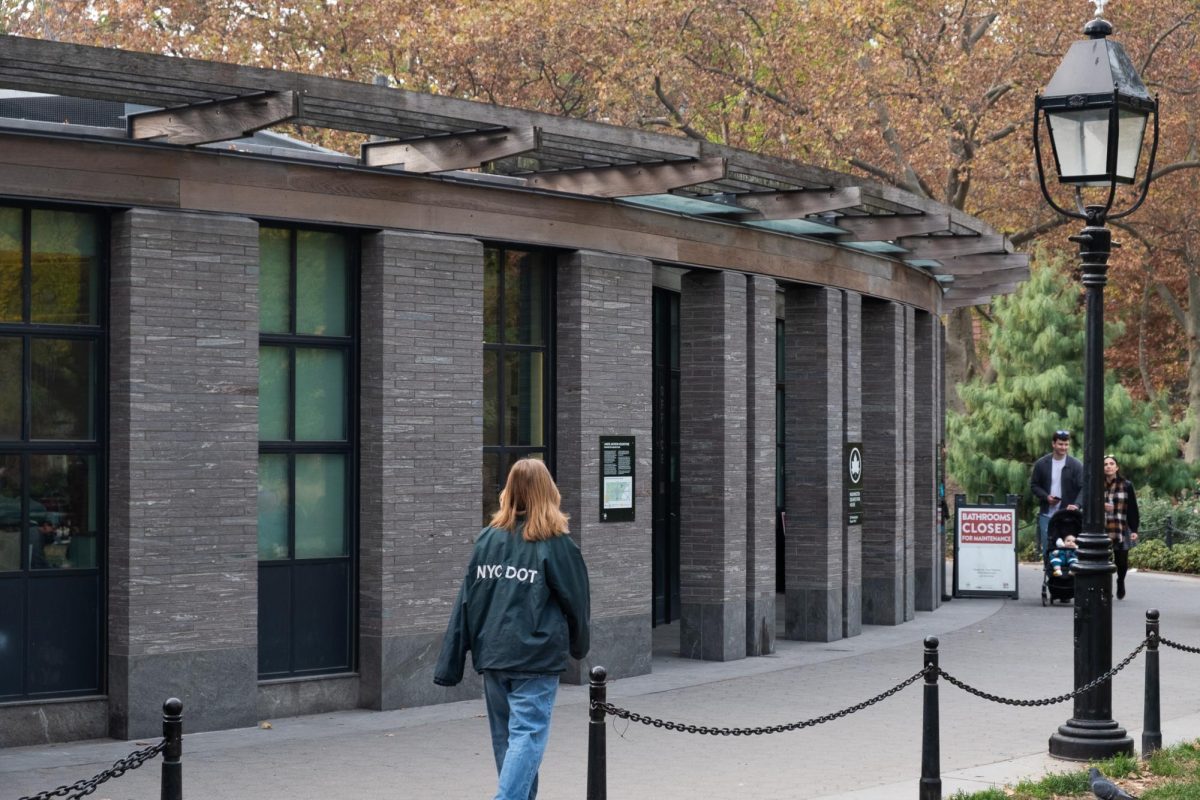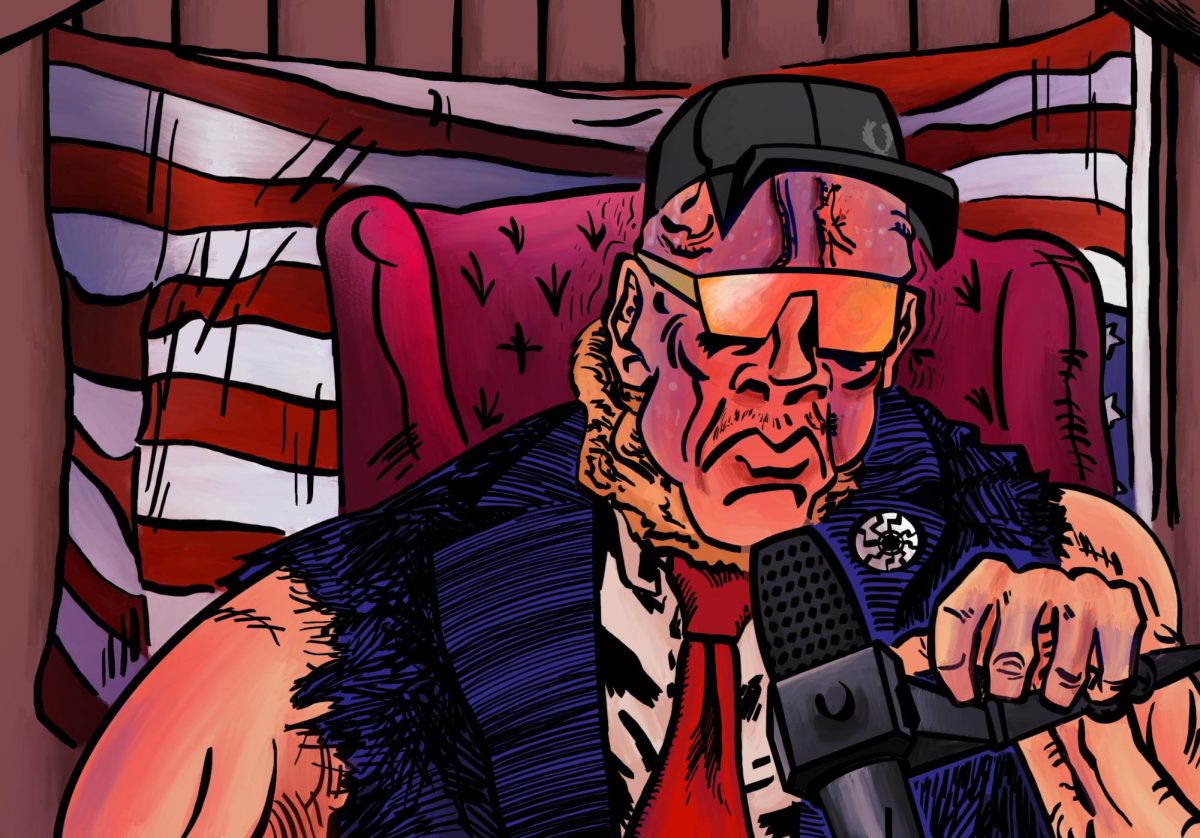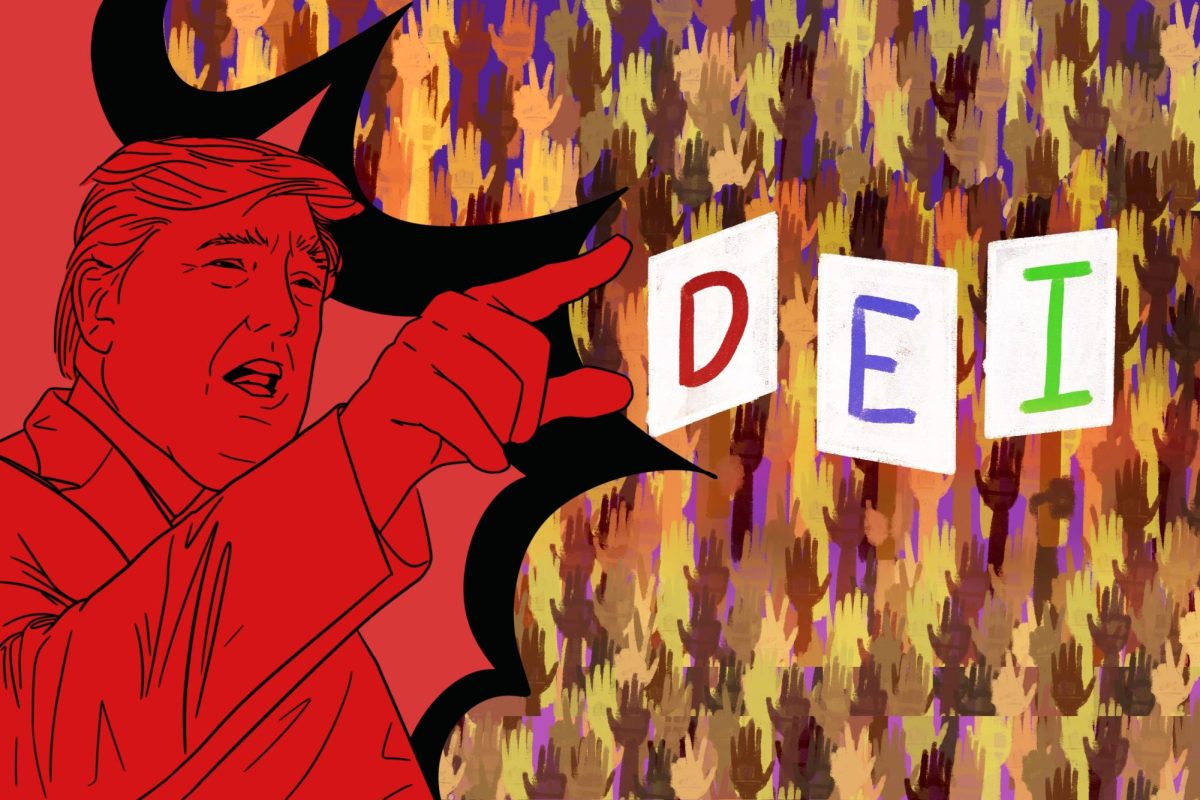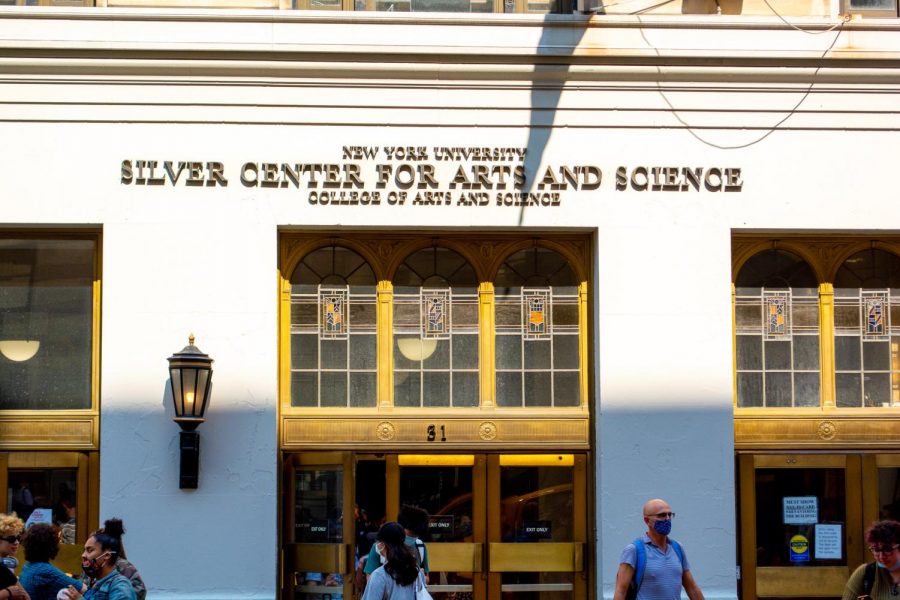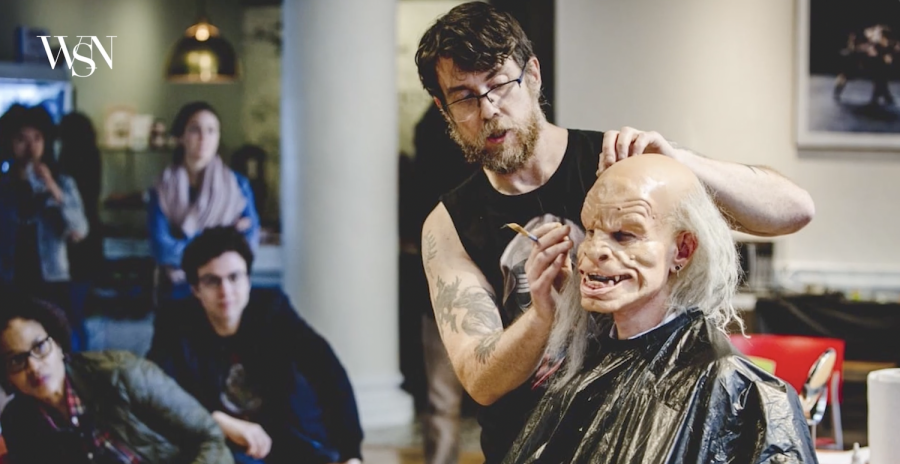The New York Mets have been a tremendous disappointment this season, to put it lightly. The team has gone a horrendous 23-43 since the All-Star break after a promising 46-40 start. Now the Mets, at 70-83, are mathematically unable to finish the season with a winning record.
Even though the Mets are irrelevant in the wild card race, knuckleball starter R.A. Dickey has been a standout all season. Dickey is a National League Cy Young Award frontrunner with a 2.66 ERA, number one in the NL and 209 strikeouts — two behind Los Angeles Dodgers starter Clayton Kershaw. He also ranks highest in the NL in total innings pitched with 220.
Dickey has 19 wins but should have already passed 20. The lineup, however, flicked away several spoon-fed victories. On Aug. 3, he threw seven innings of two-run ball against the San Diego Padres with nine strikeouts, but the lineup only scrounged nine scattered hits and one run. Then he faced the same outcome, more or less, on Sept. 11. If Dickey had been pitching for at least an adequate offensive team, there is no doubt he would lead the NL in wins.
The absence of starter Dillon Gee since mid-July and ace Johan Santana since late August forced manager Terry Collins to experiment with untested minor league arms to fill the rest of the rotation. Starter Jonathon Niese is 12-9 this season with a 3.49 ERA and, along with Dickey, is the only other symbol of reliability in the rotation this season.
Prized pitching prospect Matt Harvey made his debut in late July with a promising 2.73 ERA over 10 starts, holding his opponents to a .200 batting average. Once he refines his command and varies his pitches, Harvey will cement his reputation as one of the brightest young stars in baseball.
One batter in the rotation who cannot be blamed for a lack of support is third baseman David Wright. He entered the All-Star break with a scorching .351 batting average, a .441 on-base percentage and a .563 slugging percentage. As of Sept. 18, however, he cooled off to a .304/.390/.487, enviable scores, but not as impressive for the season. Wright still remains the most formidable batter in the lineup. He is no longer an MVP candidate like he was in July, but the Mets’ self-destruction highlights how the team is dependent on his offensive production.
Second baseman Daniel Murphy has been streaky — averaging .240 in June and then surging to .360 in July. As of Sept. 25, he is averaging .291 and ranks seventh in the NL with 38 doubles. Murphy lacks power but is the most reliable batter to get a hit aside from Wright.
First baseman Ike Davis has 30 home runs and 88 runs batted in but a lowly .227 average and 134 strikeouts. Putting him in the lineup is like buying a lottery ticket: You will most likely lose, but the gains could be plentiful.
Shortstop Ruben Tejada has been solid defensively all season, so his power and average are not a primary concern. He is comfortable with turning double plays, hustles to make difficult plays and, at 22-years-old, will only get better.
No one expected the Mets to be good, and they are not. A short-lived consistency of two-out runs early in the season and a brief winning record created an illusion that the team might have a chance at the postseason for the first time since 2006. Once the smoke cleared, a team of inexperienced prospects with an overall lack of power and speed was exposed.
But practice makes perfect, and two more weeks won’t hurt.
A version of this article appeared in the Wednesday Sept. 26 print edition. Michael Mandelkern is a contributing writer. Email him at [email protected].





